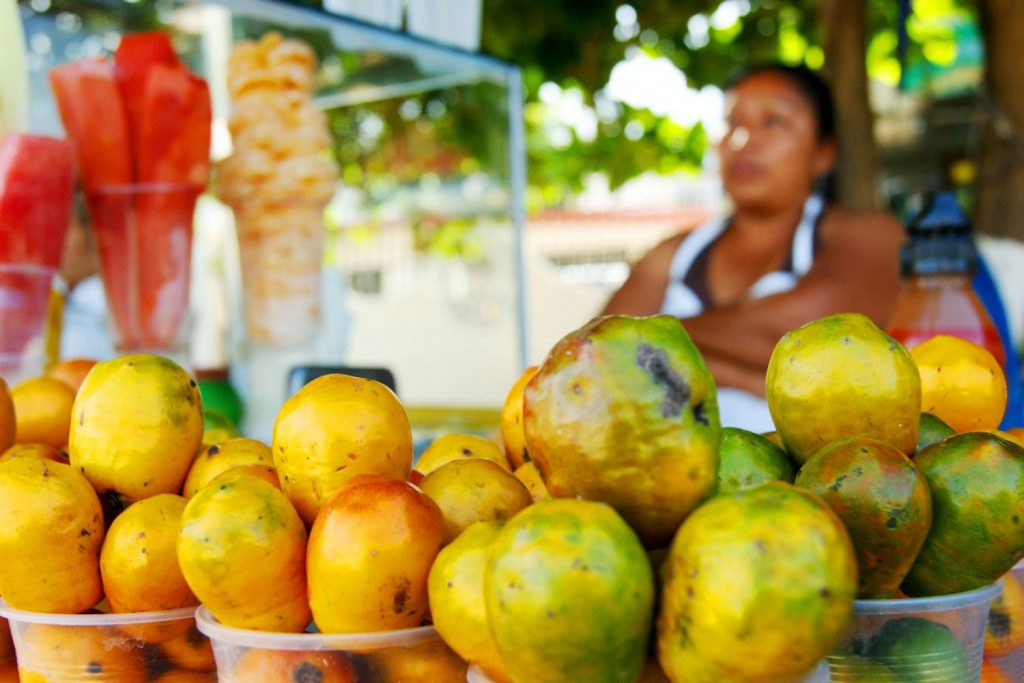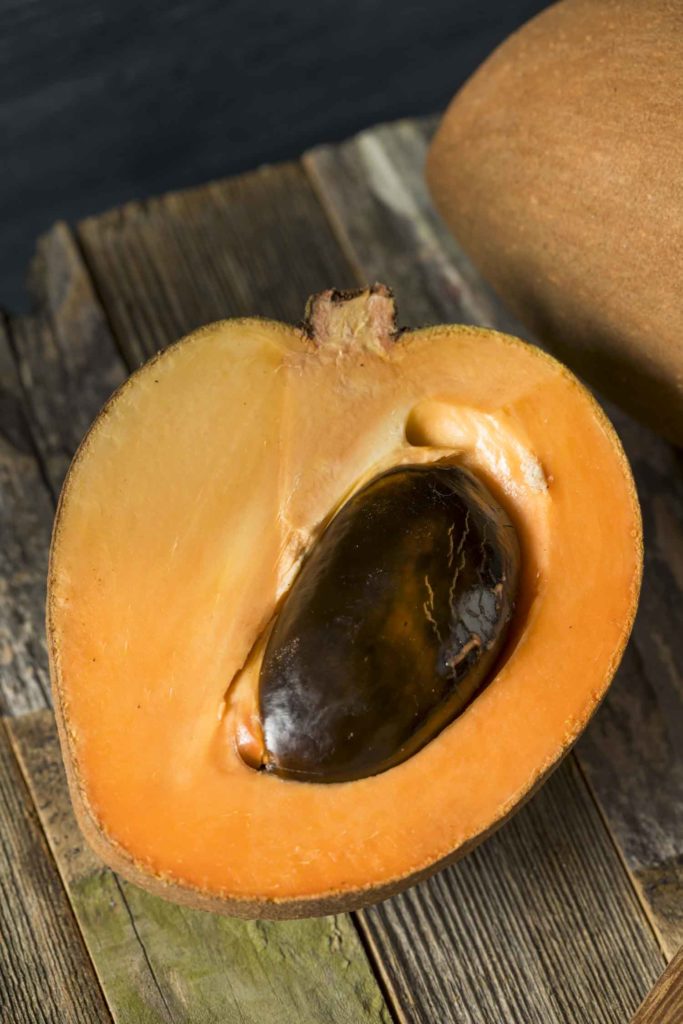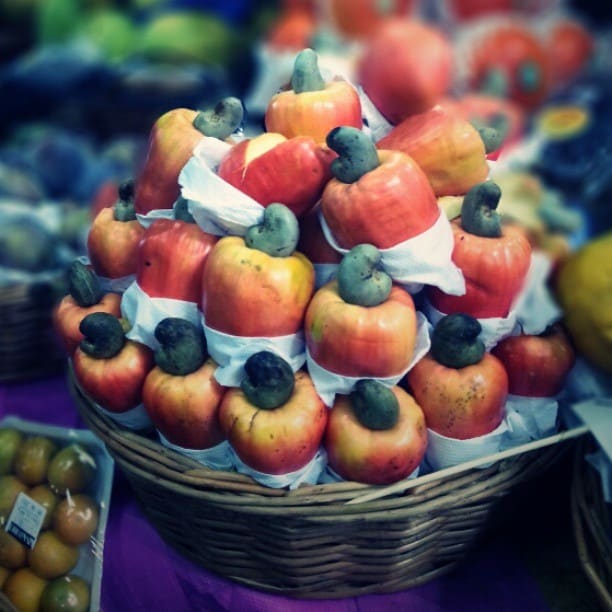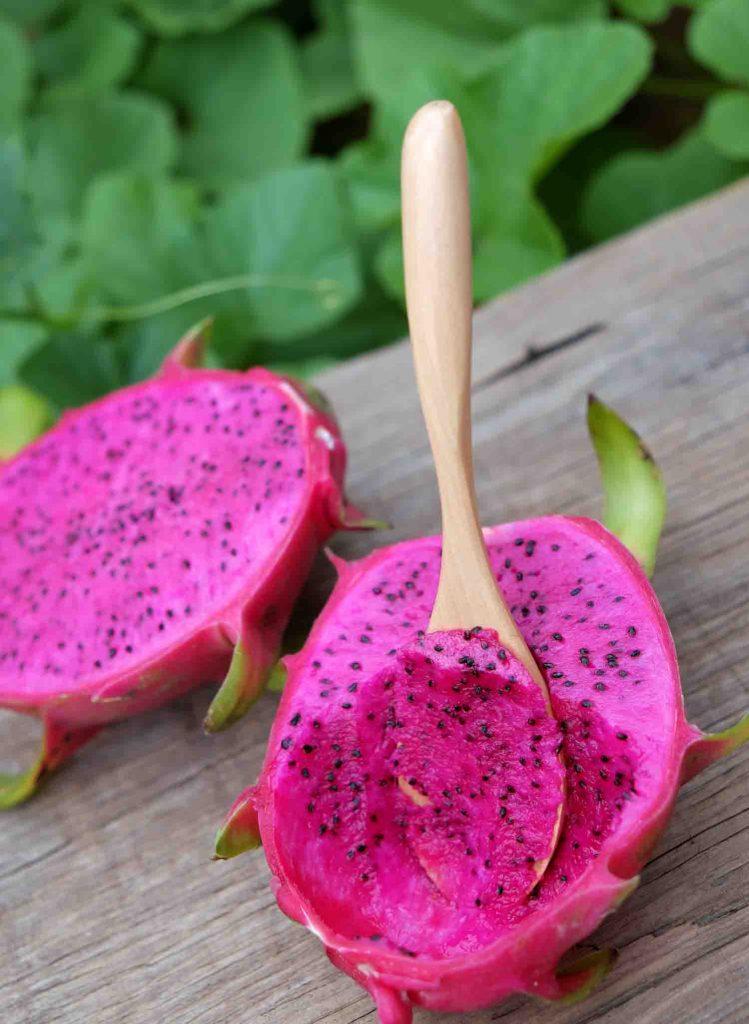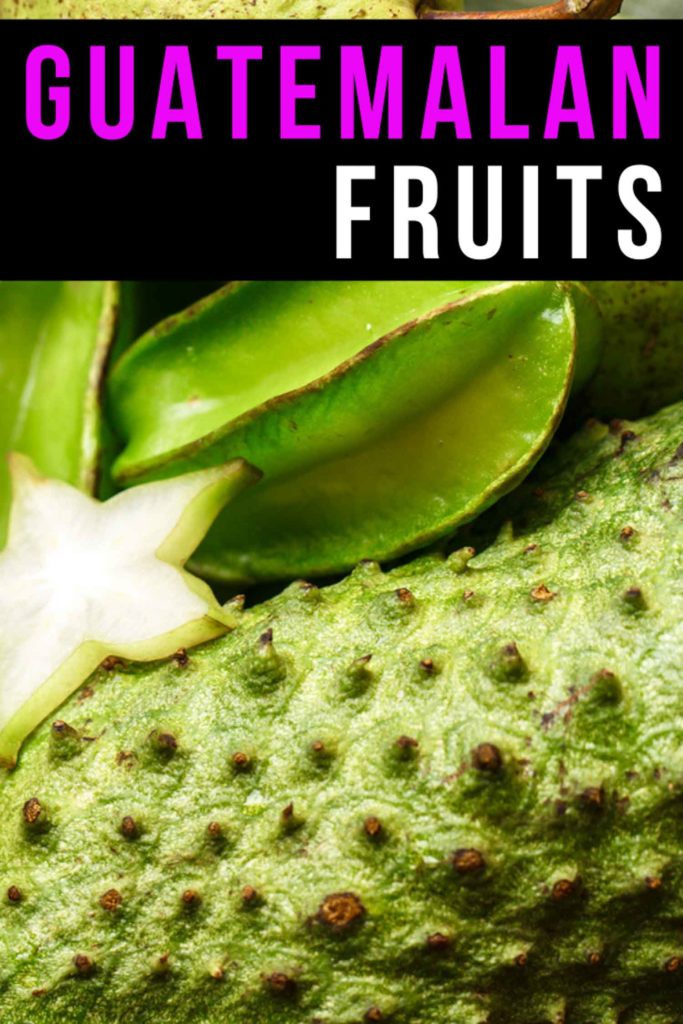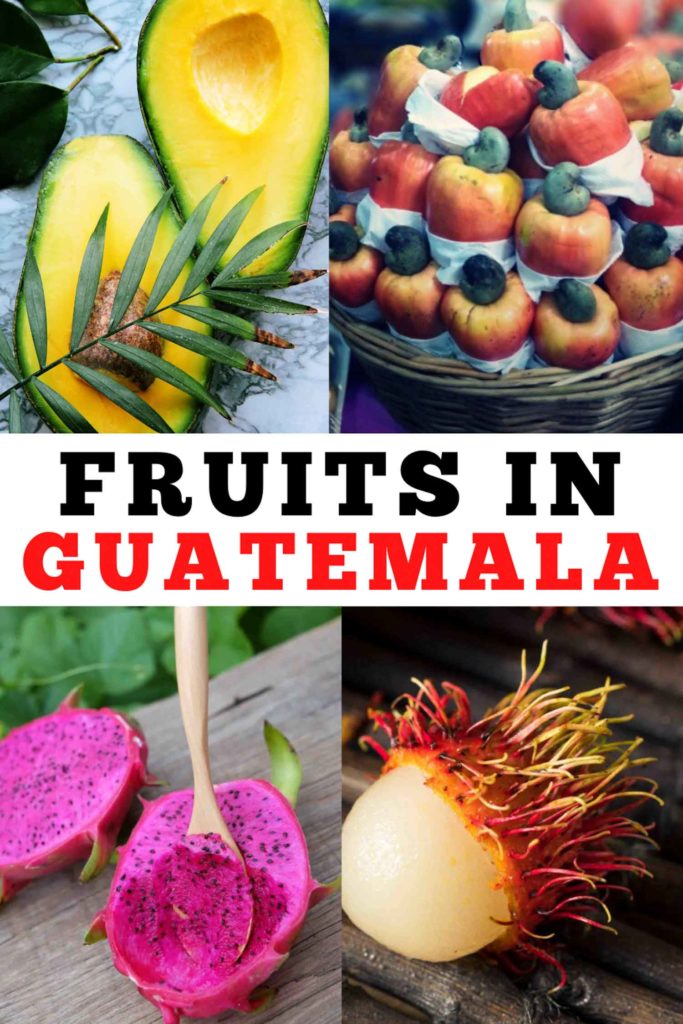There are so many delicious Guatemalan fruit that are exported abroad, but there is nothing like eating them freshly picked.
Guatemala may be a small country, but it packs such a punch with culture and food.
It was once home to the Mayan empire and so you’ll see many similar dishes to food in Mexico.
In Guatemala you’ll also see people of Asian and African descent, and their customs and culinary influences on food as well as what fruits you will see.
Guatemalan Food
Not all Guatemala fruits are indigenous to the land. In fact many were brought to the country and flourish today.
And maybe I’m quirky…or even weird. But when I visit a new country I like to keep a list of local fruits to try.
It’s not just about trying them all. But when you begin talking to locals they ask to see your list.
And it starts a surprising number of conversations that range from farming and family to politics and globalization.
GUATEMALAN FRUIT
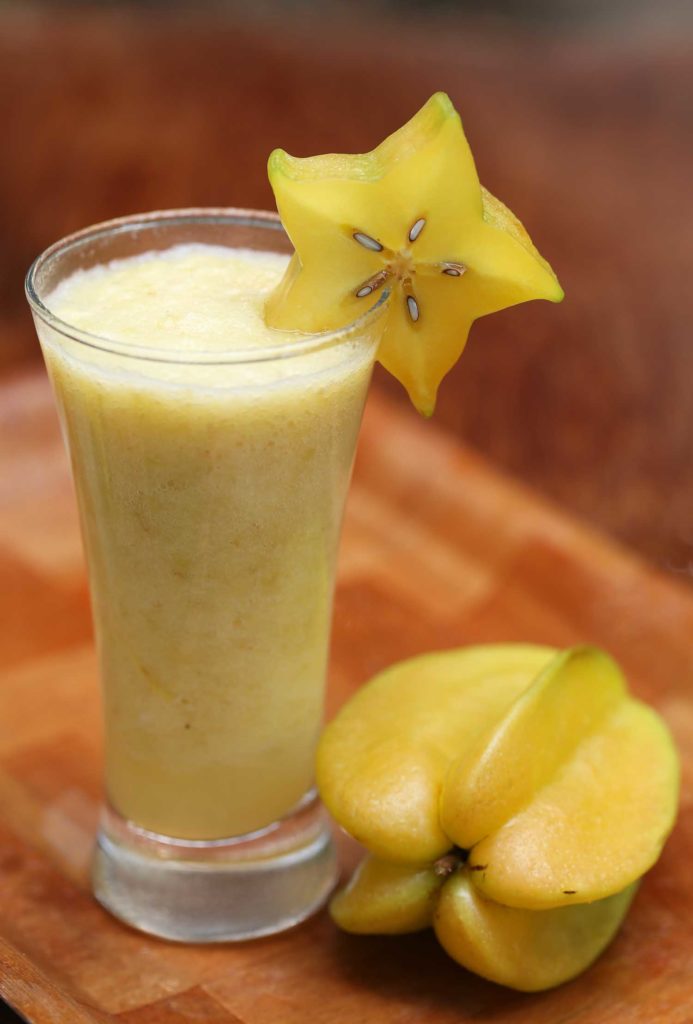
Carambola
Carambola is a unique-looking Guatemalan fruit. When you slice it, it looks like a star, which is why it’s called star fruit in some countries.
Although native to the tropical countries of Southeast Asia and a popular fruit in Laos, carambola is one of the popular fruits grown in Guatemala and other tropical areas around the world.
As one of the most popular fruits in Guatemala, carambola season usually happen from April to June and October to December.
You will find it in most local markets in Guatemala.
Locals usually love eating carambola raw and dipped in salt because the entire fruit is edible.
But there are also a lot of recipes that can be made with this sweet and tangy Guatemala fruit. Some make it into a chutney, cocktail and even a cake.
It’s also delicious as a fruit juice.
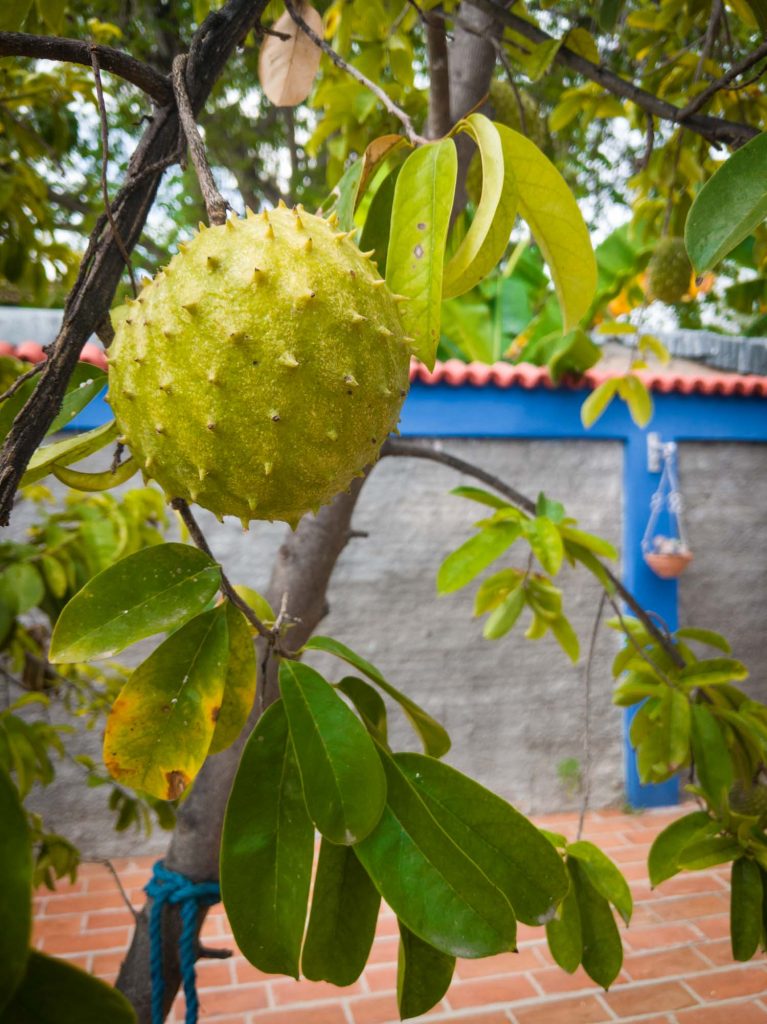
Guanabana
More popularly known as soursop, guanabana is a favorite fruit in Guatemala. Not only does it have a sweet and creamy flavor, but also many eat it for its health benefits.
Native to the tropical areas of the Americas and the Carribbean, guanabana may look odd from the outside with its green spiny skin.
But once you open it, you’ll be surprised with a sweet and almost milky pulp with black seeds. You can eat raw or turn into a smoothie, shake or juice.
Guatemalan Drinks
In Guatemala, guanabana is considered a healthy fruit that should be included in the diet since it has been promoted as an alternative treatment to cancer.
Aside from being enjoyed as is, it is also used as flavoring for ice creams, candies and sorbets because it’s very versatile and absolutely delicious.
Soursop isn’t limited to Latin America, it’s also one of the most loved Thai fruits and is available all over South East Asia.
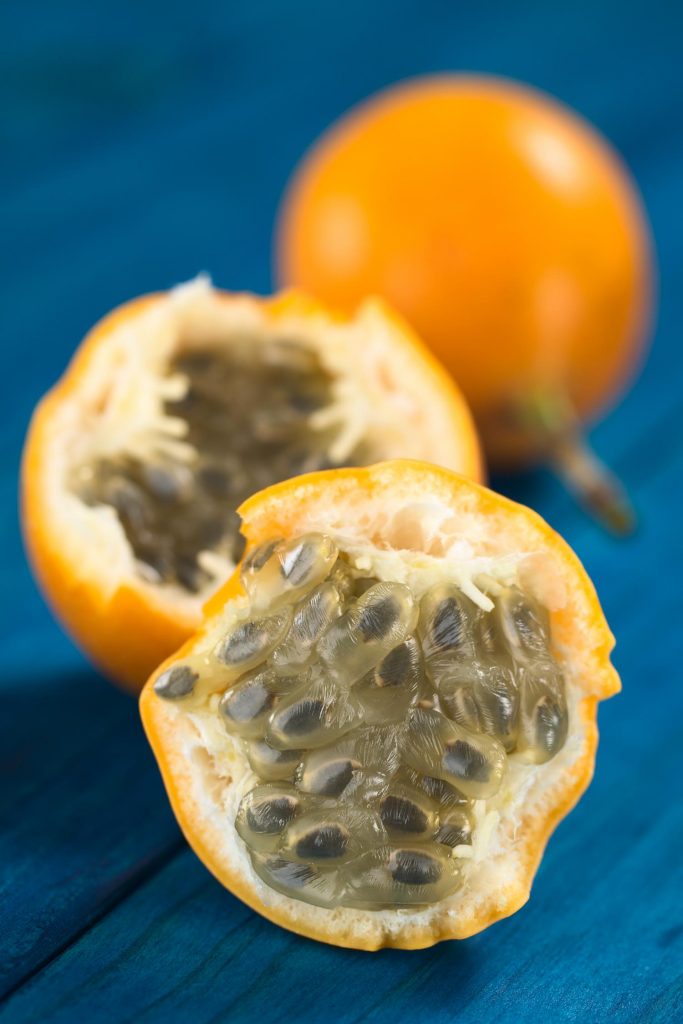
Granadilla
Belonging to the passion fruit family, granadilla looks exactly like one. It has yellow orange skin and jelly-like flesh and seeds.
Native to South America, granadilla has since been cultivated widely in Guatemala because of its flavor and health benefits.
Guatemalan Desserts
Guatemalans usually eat this Guatemalan fruit fresh by cutting it into half and scooping out the pulp with a spoon.
Some locals also use it for juicing or incorporate it into desserts like cakes and puddings.
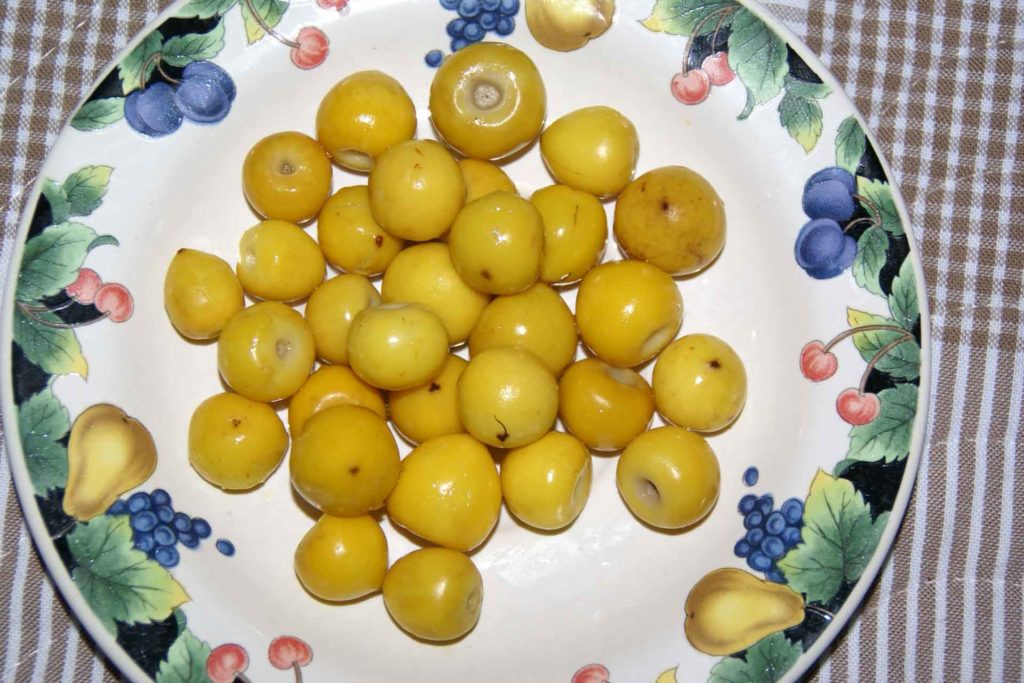
Nance
The nance fruit is one of the more common tropical fruits in Guatemala and other areas in Central and South America, especially because it tolerates drought so well.
The fruit is a small, yellow berry that measures 1-2 centimeters in diameter.
It usually grows in clusters and you’ll easily know when it’s ripe because of its strong, pungent odor.
But once you get past that smell, you’ll be welcomed with a flesh that tastes like a combination of banana, lychee and pear.
Aside from being eaten raw, nance fruit is also incorporated in desserts and drinks like the famous pesada de nance or tropical yellow cherries pudding and fruit punch.
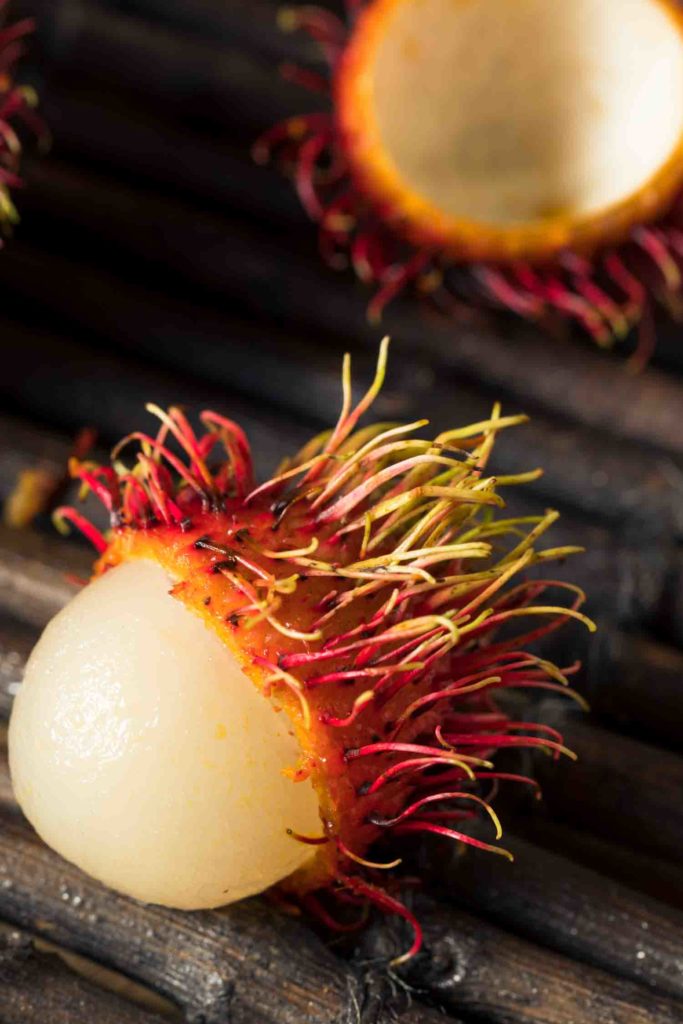
Rambutan
Rambutan may look odd because of its red, hairy skin that almost resembles a virus. However, it’s actually one of the most delicious fruits in Guatemala that you’ll ever try.
Although native to Southeast Asia and a common Cambodian fruit, rambutan is now grown in Guatemala. It is a refreshing but sweet fruit that tastes similar to a lychee.
Aside from being eaten raw, rambutan is also used for smoothies, cocktails and even in some dishes.
Jocote
Jocotes are small, round berry like Guatemala fruits that belong to the cashew family.
Also called hog plum, siniguelas and ciruela huesito. It is also related to the chenet fruit in Trinidad.
Jocote is native to the tropical areas of the Americas and the Caribbean islands. It is harvested from September to October.
Although jocotes are very small, they pack a punch in terms of flavour. Their flesh is sweet and tangy.
Guatemalans love snacking on these little fruits dipped in salt and they are also made into jocotes en miel or jocotes soaked in spiced syrup.
It is common to find traditional jocotes en dulce during Christmas in Guatemala. This is essentially jocotes cooked in water, allspice and panela or cane sugar.
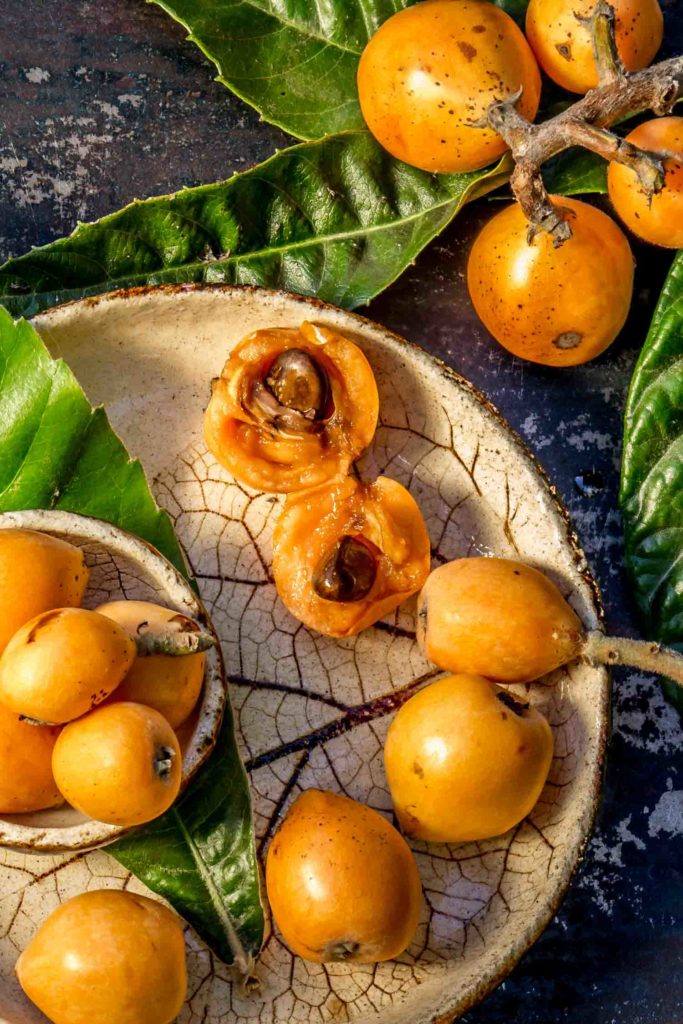
Nispero
Guatemalans love its nispero fruit so much that it holds an annual Festival de Nispero at San Juan del Obispo to honor this Guatemala fruit.
Also known as loquat, nispero is known for its sweetness and tartness that’s reminiscent of eating an apple.
Nispero is most abundant between October and December, and peaks in November during “cosecha” or harvest time.
The nispero fruit is small and yellow, and it grows in bunches. Because of its sweetness, Guatemalans usually eat the fruit raw or it’s added to fruit cups and salads as a dessert.
The green nisperos are usually added to pies and tarts while the ripe ones are poached in syrup or made into jams, chutneys and jellies.
It’s also a fruit in Hawaii, although less common and you may need to search for them in a local Chinatown.
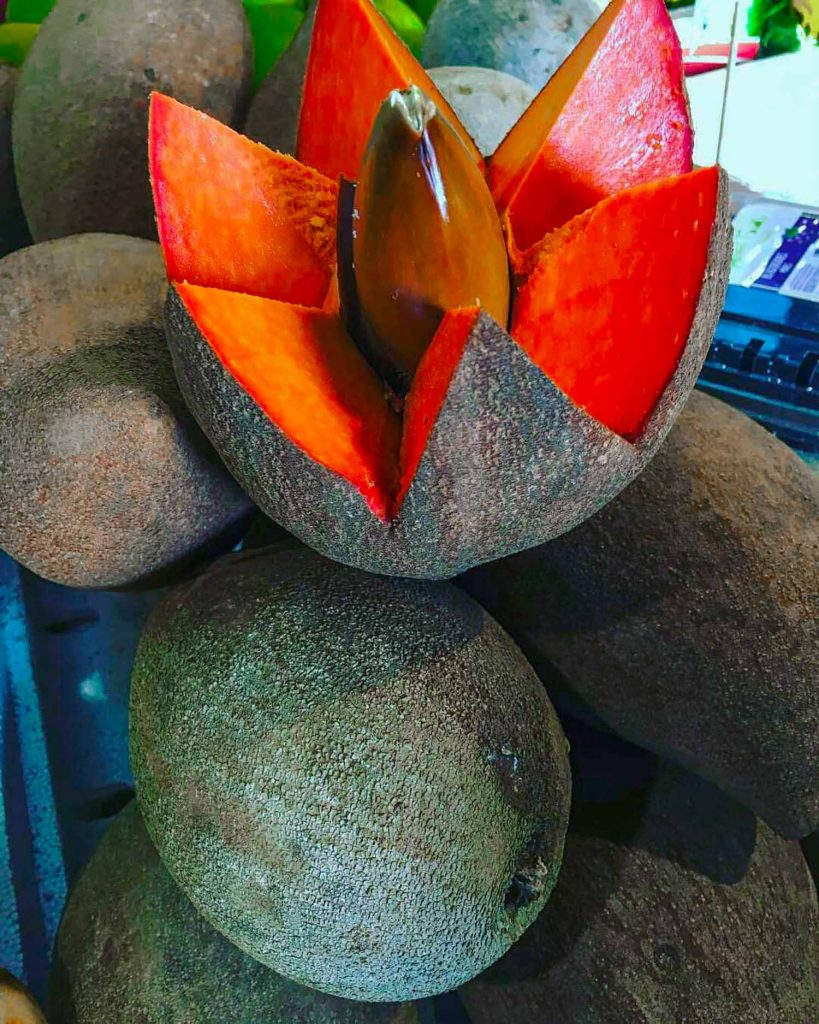
Zapote Mamey
One of the more exotic Guatemalan fruits is zapote mamey, which belongs to the zapotilla family of fruits that include chico zapote, caimito and mamey.
Zapote mamey is native to Central America and a common Cuban fruit. It’s now widely cultivated in other parts of the world.
Depending on how it was planted, a zapote mamey tree could start bearing fruit in three to five years.
Its fruit is a berry with a sandpaper-like texture and an orange or yellow flesh with a big black seed inside.
Zapote mamey can be likened to peach, cherry, pumpkin or apricot where it’s a little bit sweet and tart.
Most Guatemalans eat this fresh while others make it into a punch, ice cream pop, smoothie or jam.
Zapote mamey season usually runs from November through March, although you can find some of these tropical fruits all-year round.
Chico Zapote
Chico zapote belongs to the same zapotialla family as zapote mamey, but it’s actually quite different in flavor.
One of the first unusual Mexican fruit I discovered, it is also known as chico or sapodilla.
This Guatemalan fruit has a brown skin that could easily be mistaken for potatoes and its flesh is sweet and malty.
Chico season also runs from November through March. It is when you see a lot of this fruit among other fruits in Guatemala sold in local markets.
Aside from being eaten raw, chico zapote is also used for jams, jellies and other desserts.
Also fun fact – the tree itself produces a natural chewing gum called chicle!
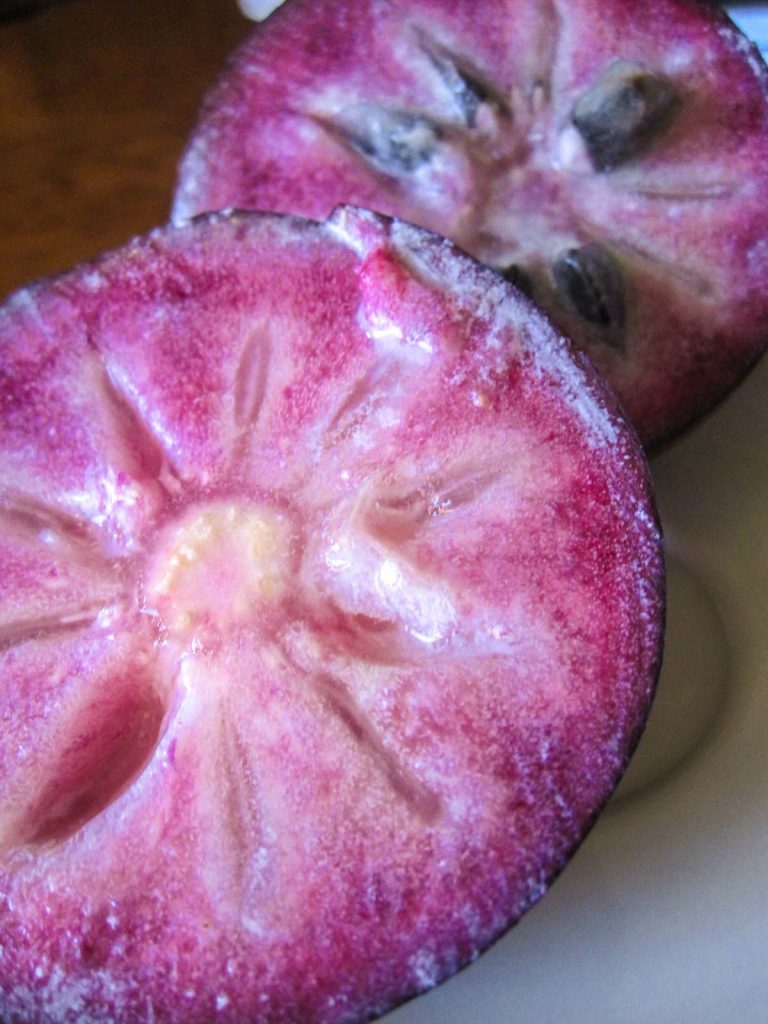
Caimito
Another member of the zapotilla family and one of the most popular fruits in Guatemala is caimito.
With its purple skin, caimito can easily be mistaken for a large plum, but opening it will reveal a white, sweet and almost milky pulp that Guatemalans love to eat.
Also called star apple, caimito is native to the Caribbean. It is one of the Jamaican fruits you can find in all the markets.
It was introduced to Central America and now widely propagated in other tropical countries.
Caimito season usually begins from late winter up to the summer where you’ll find an abundance of this fruit in Guatemala in local markets.
This fruit is best enjoyed after it has been chilled. locals love it as a fresh dessert after meals.
Caimito is also believed to have several health benefits, which is why it’s sometimes infused in drinks like coffee and tea to treat diabetes and rheumatism.
In Guatemala, you’ll find three colors of caimito: deep purple, greenish brown and yellow.
Jocote de Marañon
Most people know of cashew nuts but not so much about the fruit where it’s from. Jocote de marañon is the Guatemalan fruit where the nut is attached on top.
I first cashew fruit in the Sao Paulo market while I was trying all the Brazilian fruits.
Also called cashew apple, this fruit is native to Central America, northern South America and the Caribbean.
Although the nut is used more than the fruit locals in Guatemala still enjoy eating jocote de marañon because of its sweet, tangy and astringent flavor.
The fruit is also fermented to be made into vinegar and processed into juices.
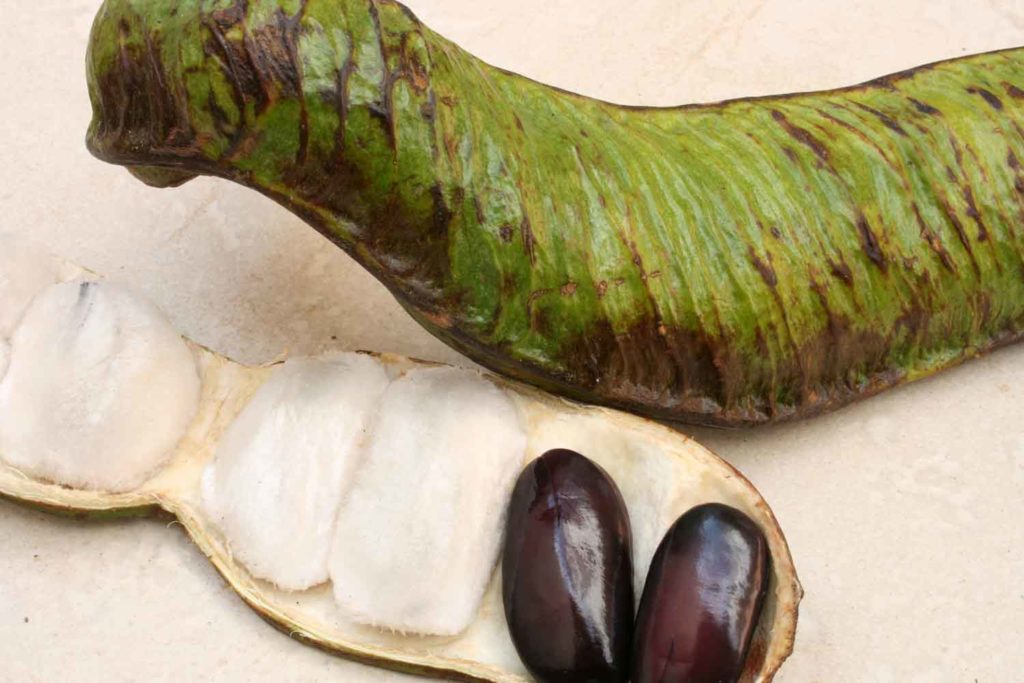
Paternas
Paternas doesn’t look like a fruit when you first see it. In fact, it looks more like a big bean pod.
This is why it’s called ice cream bean in other countries.
It exists in many Latin American countries, although not front and centre in the market. But often people have it in their backyard.
It is the same as the Costa Rican fruit guaba or the Peru fruit pacay.
This exotic Guatemalan fruit is native to the Amazon forest region but has since been grown in Guatemala and other countries in Central and South America.
Once you open the pod, you’ll see several seeds covered in a sweet white pulp that’s believed to be rich in minerals like iron and edible when raw.
The inga tree where paternas comes from bears fruit twice a year and locals usually just enjoy it raw.
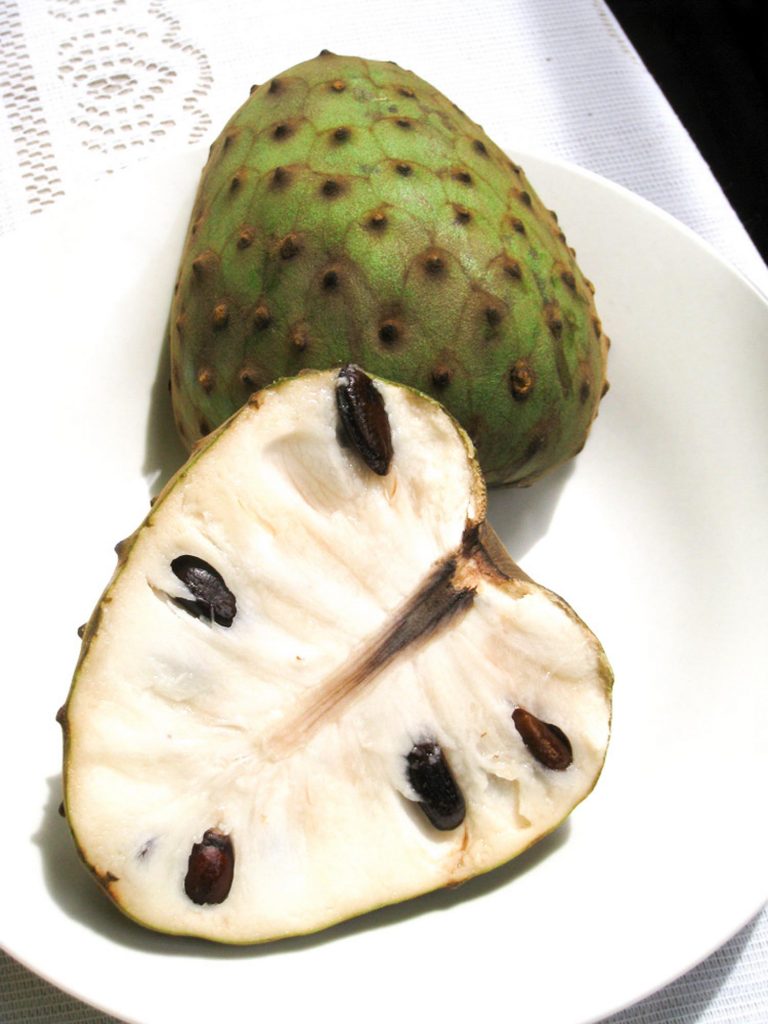
Annona
A member of the sugar apple family, annona squamosa is a unique looking fruit in Guatemala that grows well in tropical countries.
It is often known as cherimoya.
Mark Twain said it was one of the most “delicious fruits known to mankind.”
You can find it throughout Latin America and is one of the most popular Ecuador fruits for smoothies and juices.
But it is also common in Asia and is one of the most popular Vietnam fruits and Malaysian fruit.
Its flesh is strikingly similar to the guanabana with its sweet, white pulp and black seeds.
Once ripe, you can easily break the fruit open with your hands and eat the flesh as is because it’s milky and sweet.
Others also use it for shakes, smoothies and desserts.
Pitaya
More popularly known as dragon fruit, pitaya is the fruit of a cactus plant that’s native to the Americas.
But it’s found all around the world and is one of the most common Bali fruits and Filipino fruits too!
It is highly distinguishable in Guatemalan local markets because of its striking pink color with green sprouts on its skin.
Once you cut the fruit in half, you’ll see its white flesh with tiny black seeds that can be eaten raw.
Pitaya is used for smoothies, healthy diet bowls, desserts and cocktails because of its sweet and tart taste.
Piñuela
Finally, there’s piñuela, which is probably one of the strangest looking Guatemalan fruits in this list.
Piñuela fruits look like flowers and harvesting them takes some time.
You need to dig them out, remove their protective hair, peel them like a banana.
This Guatemalan fruit flesh is sweet, tart and slightly crunchy because of the seeds.
Piñuela is native to Central America, South America, Mexico and the Caribbean.
Aside from being eaten raw. It is also used for drinks in Guatemala.
